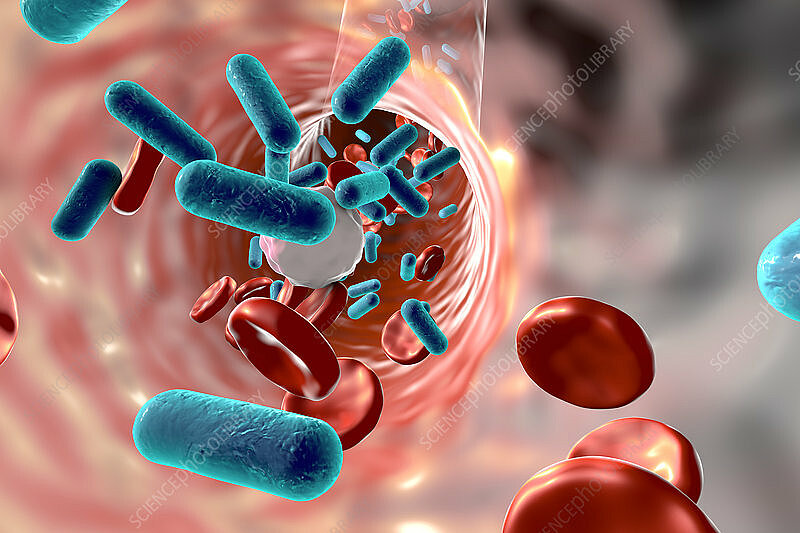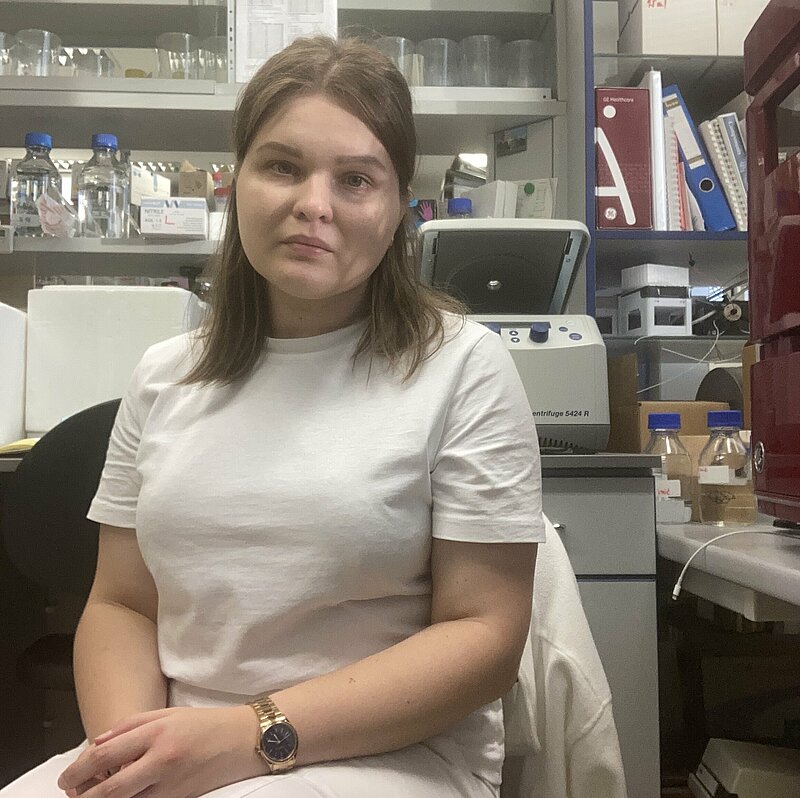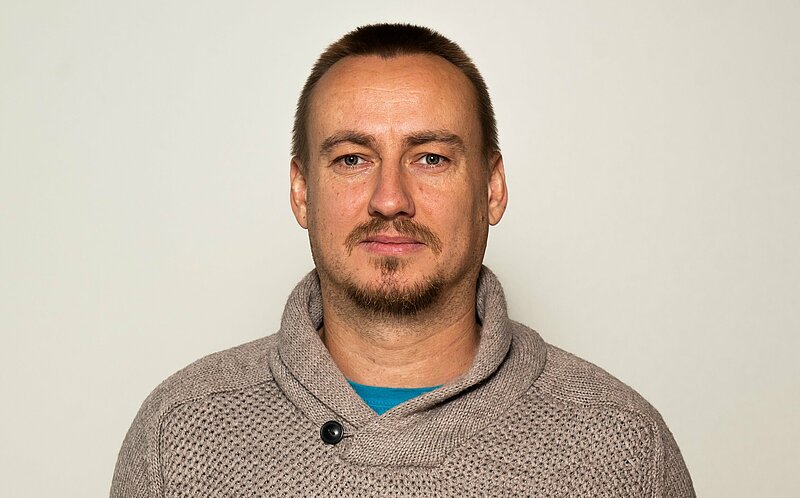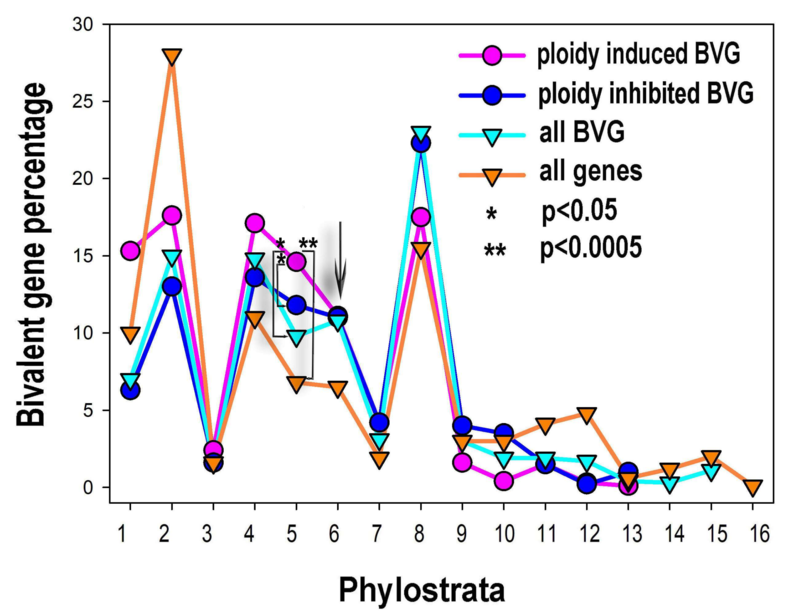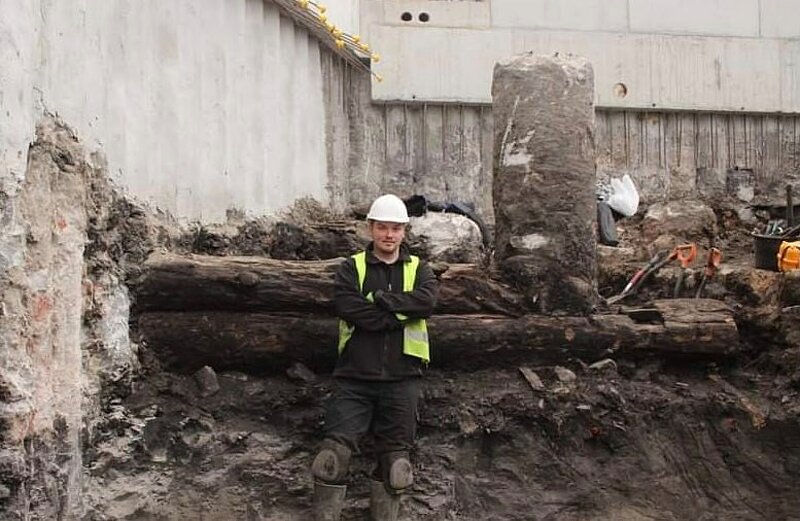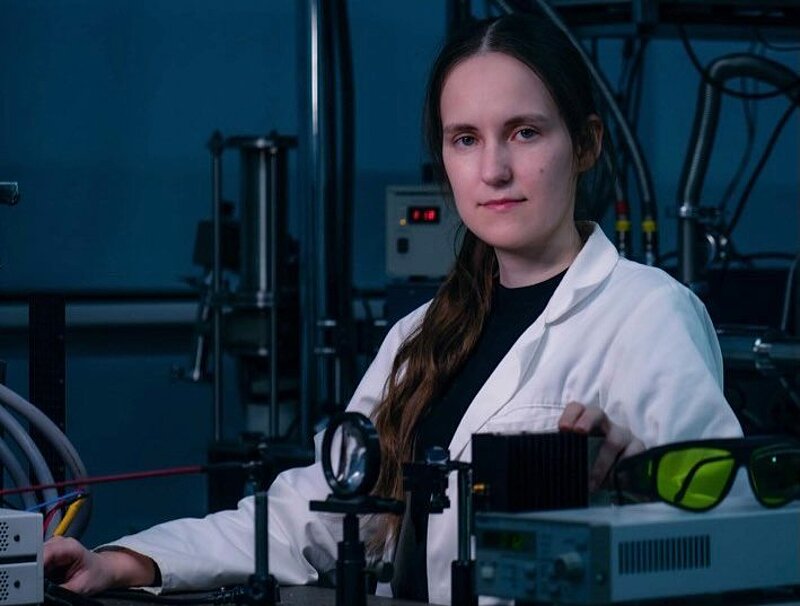Ziņa
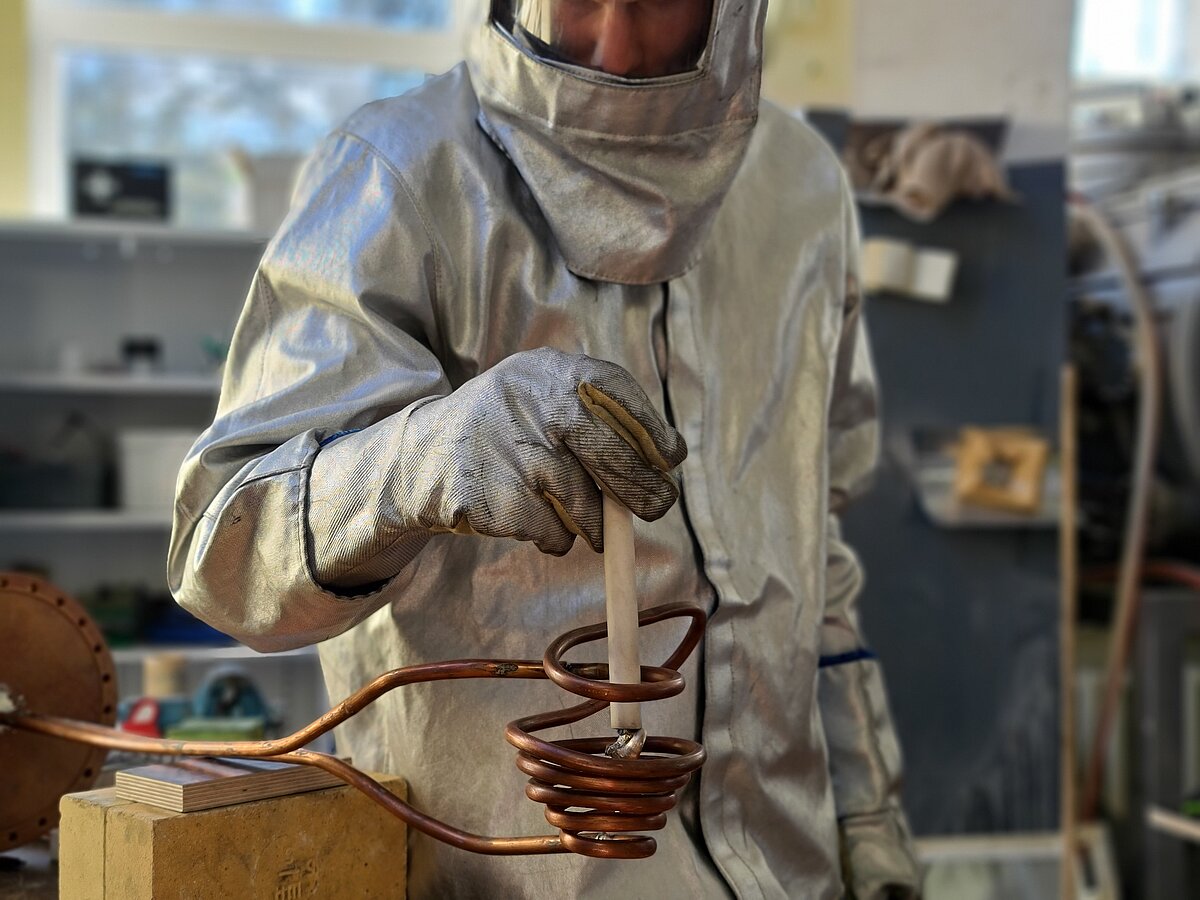
Reinis Barankovskis is a recipient of Doctoral scholarship and a 2nd year doctoral student at the Faculty of Physics, Mathematics and Optometry. At the moment, in the middle of the studies, the student is researching electromagnetically induced fluxes with the aim to optimize the degassing process. Moreover, he works at the University of Latvia (UL) at the Institute of Physics with experimental devices, which simulates the mixing of liquid aluminium and the behaviour of gas bubbles in it. Student’s doctoral research will help metallurgists to get rid of dissolved hydrogen in aluminium more effectively.
Reinis tells that study-wise he is still learning remotely. Even the very main doctoral exam, for which he prepared many months, he passed remotely in the middle of February. His subfield is fluid and gas mechanics, and this specialty exam became the most extensive exam, spending 2.5 hours in discussions with the board.
The current laboratory work of the scholarship recipient is connected to excitation of the flow in liquid metal tanks and measurement of flow characteristics such as velocity and pressure. During the movement, argon is introduced into the liquid metal, the bubbles of which we try to break into even finer bubbles with the help of the flow. By understanding how best to achieve bubble splitting, we have the opportunity to create large-scale prototypes that will already be tested in the factory instead of in the laboratory. However, in terms of cost, building prototypes is a serious step, before which you have to do your homework and the idea must be thoroughly tested. This means that both theory and accurate numerical models must be clear, as well as there need to be successful and repeatable experiments. Once this is done, the work can be published in scientific articles, where it goes through the criticism of other scrupulous scientists.
Currently, student Reinis is working both on writing articles (publishing the first experimental results of models) and on writing his own doctoral thesis. Future plans include work on the development of a prototype. If in the case of a laboratory, the flow in the metal is initiated by rotating a magnet weighing 8 kg, then in the case of industrial prototype a magnet weighing 216 kg is built. Building magnets is a very interesting process in itself! Reinis says that it will be used to transport aluminium and provide a degassing process in a continuous production line, however, already in the factory, not in the laboratory.
“Along with my studies and work, I am still actively creating videos about the beautiful, experimental physics we encounter in our research. The videos are about both well-known effects and lesser-known but equally interesting processes. You can see the results of our work on our YouTube channel, for example, by watching a video on liquid aluminium levitation,” tells the scholarship recipient Reinis.

 CONFERENCE
CONFERENCE
